Nicholas Rewkowski
Echo-Reconstruction: Audio-Augmented 3D Scene Reconstruction
Oct 05, 2021
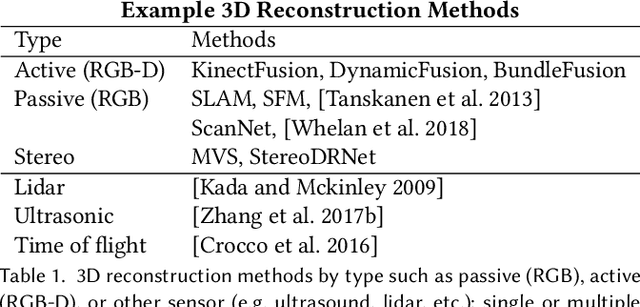
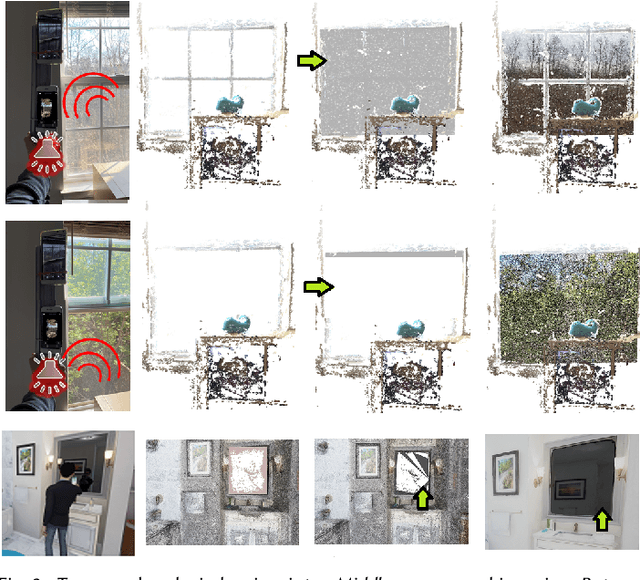
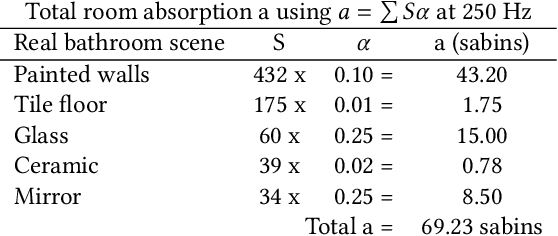
Abstract:Reflective and textureless surfaces such as windows, mirrors, and walls can be a challenge for object and scene reconstruction. These surfaces are often poorly reconstructed and filled with depth discontinuities and holes, making it difficult to cohesively reconstruct scenes that contain these planar discontinuities. We propose Echoreconstruction, an audio-visual method that uses the reflections of sound to aid in geometry and audio reconstruction for virtual conferencing, teleimmersion, and other AR/VR experience. The mobile phone prototype emits pulsed audio, while recording video for RGB-based 3D reconstruction and audio-visual classification. Reflected sound and images from the video are input into our audio (EchoCNN-A) and audio-visual (EchoCNN-AV) convolutional neural networks for surface and sound source detection, depth estimation, and material classification. The inferences from these classifications enhance scene 3D reconstructions containing open spaces and reflective surfaces by depth filtering, inpainting, and placement of unmixed sound sources in the scene. Our prototype, VR demo, and experimental results from real-world and virtual scenes with challenging surfaces and sound indicate high success rates on classification of material, depth estimation, and closed/open surfaces, leading to considerable visual and audio improvement in 3D scenes (see Figure 1).
Speech2AffectiveGestures: Synthesizing Co-Speech Gestures with Generative Adversarial Affective Expression Learning
Aug 03, 2021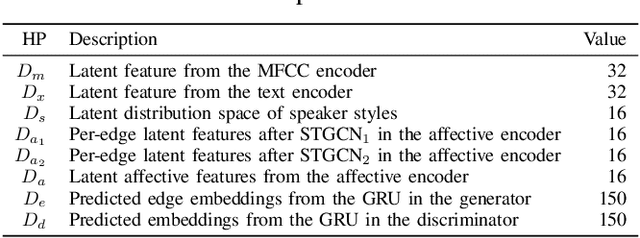
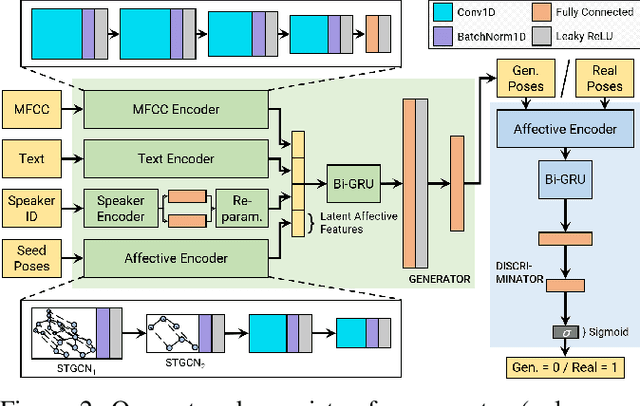
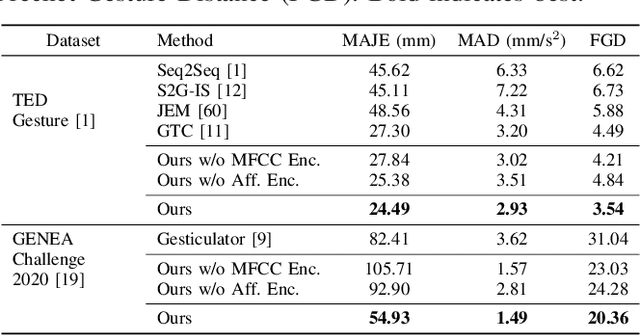
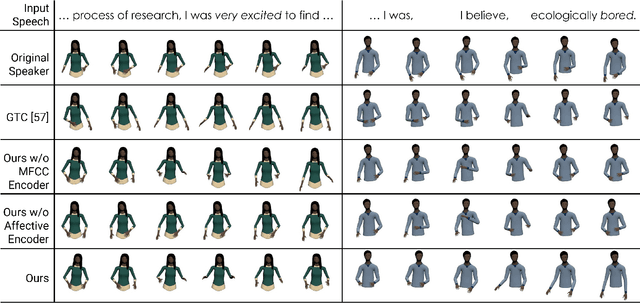
Abstract:We present a generative adversarial network to synthesize 3D pose sequences of co-speech upper-body gestures with appropriate affective expressions. Our network consists of two components: a generator to synthesize gestures from a joint embedding space of features encoded from the input speech and the seed poses, and a discriminator to distinguish between the synthesized pose sequences and real 3D pose sequences. We leverage the Mel-frequency cepstral coefficients and the text transcript computed from the input speech in separate encoders in our generator to learn the desired sentiments and the associated affective cues. We design an affective encoder using multi-scale spatial-temporal graph convolutions to transform 3D pose sequences into latent, pose-based affective features. We use our affective encoder in both our generator, where it learns affective features from the seed poses to guide the gesture synthesis, and our discriminator, where it enforces the synthesized gestures to contain the appropriate affective expressions. We perform extensive evaluations on two benchmark datasets for gesture synthesis from the speech, the TED Gesture Dataset and the GENEA Challenge 2020 Dataset. Compared to the best baselines, we improve the mean absolute joint error by 10--33%, the mean acceleration difference by 8--58%, and the Fr\'echet Gesture Distance by 21--34%. We also conduct a user study and observe that compared to the best current baselines, around 15.28% of participants indicated our synthesized gestures appear more plausible, and around 16.32% of participants felt the gestures had more appropriate affective expressions aligned with the speech.
 Add to Chrome
Add to Chrome Add to Firefox
Add to Firefox Add to Edge
Add to Edge